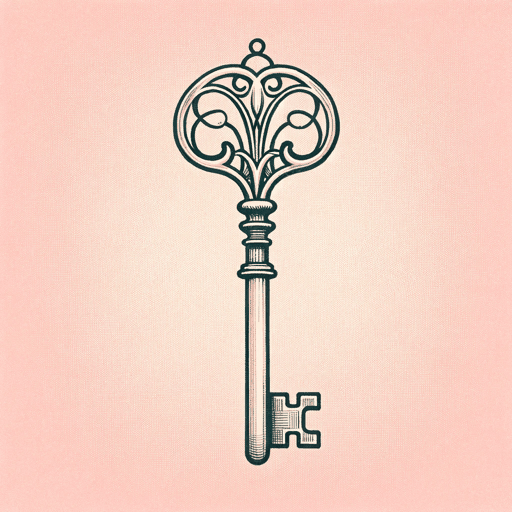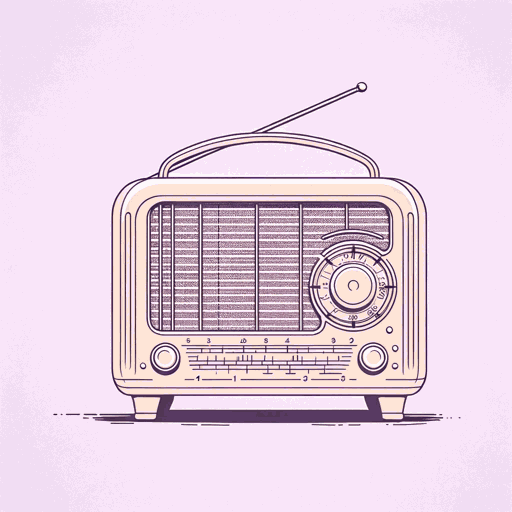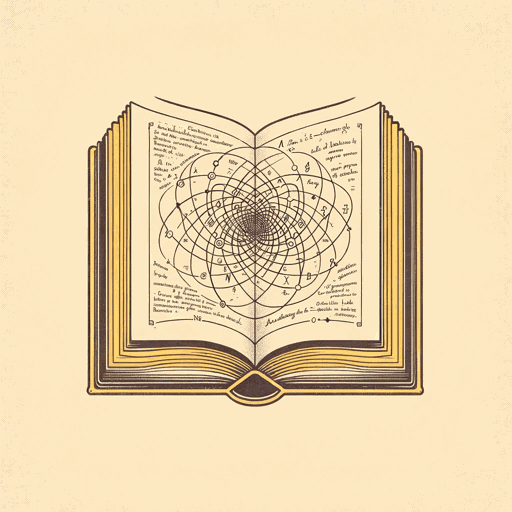53 pages • 1 hour read
Marie BenedictThe Other Einstein: A novel
Fiction | Novel | Adult | Published in 2016A modern alternative to SparkNotes and CliffsNotes, SuperSummary offers high-quality Study Guides with detailed chapter summaries and analysis of major themes, characters, and more.
Symbols & Motifs
Physics
In this novel, the language and theories of physics are central to theme, plot, and characterization. Physics is the driving force of both Einstein’s and Mileva’s passion. It is what brings them together and tears them apart. At first, they bond over their mutual love for physics, but when Einstein has the chance to become famous in the physics world, he takes control over their mutual love and bars her from physics. Without physics in her life, Mileva becomes a hollower version of herself. Thus, physics is a symbol for wellbeing and passion. It is also the way Mileva contextualizes the world around her. Toward the end of the book and her marriage, she starts using terms from physics to describe the cause-and-effect relationship of her life with Albert. Physics is an important symbol because it keeps Mileva connected to her deceased daughter, Lieserl. The theory of relativity is born out of her grief for her child, so physics becomes a symbolic way of keeping Lieserl’s memory alive.
The Maschinchen
The Maschinchen is a machine that Mileva and Albert invented. It is a symbol of their collaboration and of Mileva’s imaginative intellect. Meant to be a symbol of equality, the Maschinchen turns into a symbol of inequality when he leaves her name off the patent.
Related Titles
By Marie Benedict

Carnegie's Maid
Marie Benedict

Lady Clementine
Marie Benedict

The First Ladies
Marie Benedict, Victoria Christopher Murray

The Mitford Affair
Marie Benedict

The Mystery of Mrs. Christie
Marie Benedict

The Only Woman in the Room
Marie Benedict

The Personal Librarian
Marie Benedict, Victoria Christopher Murray

